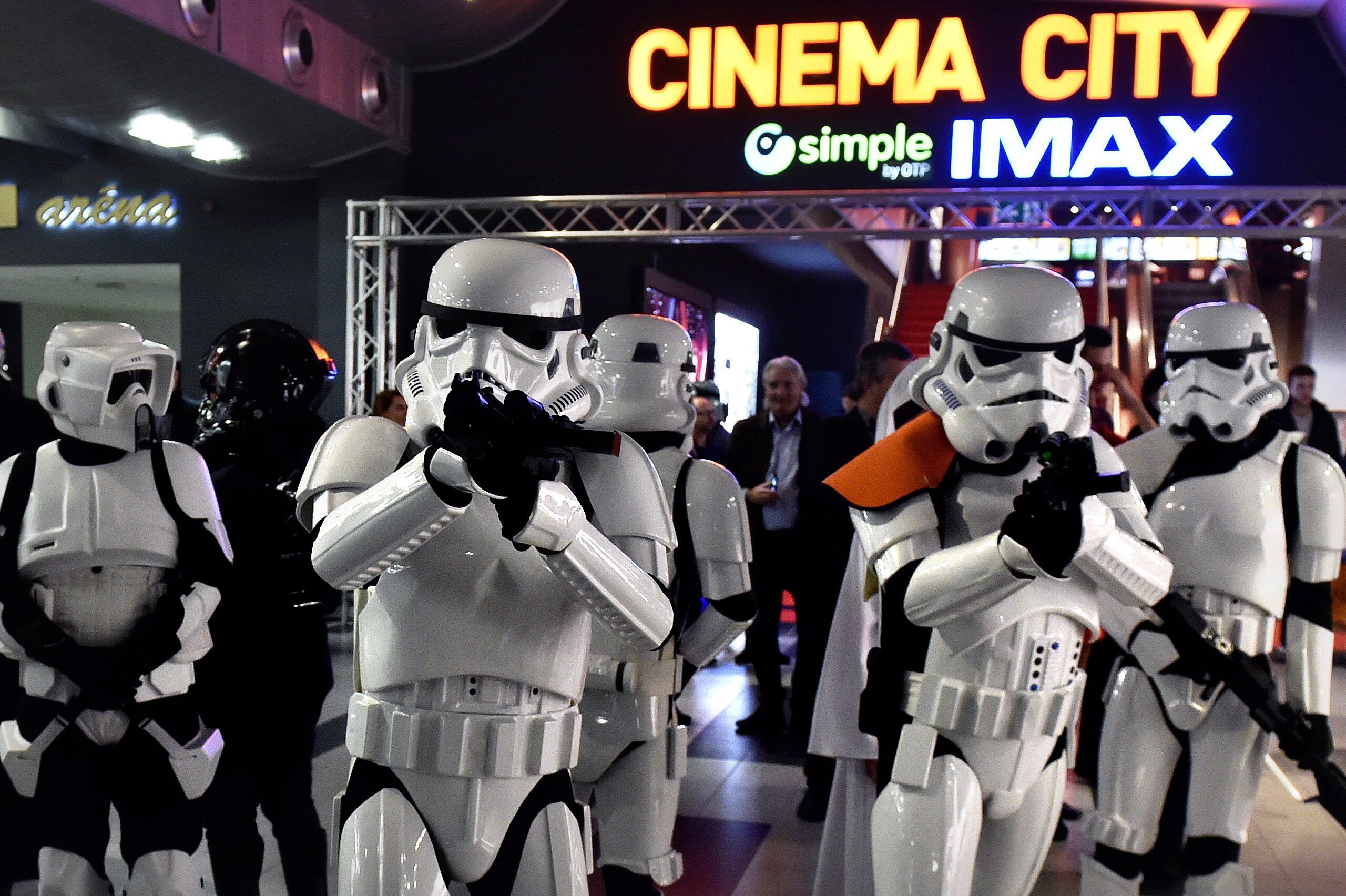
May 4th, perhaps the most important day of the year for any Star Wars fan, has arrived. However, not many know that various languages used in the sci-fi universe contain Hungarian words or sometimes are even completely based on the language. In addition, there are also several Star wars movies that were brought to life with the help of talented Hungarians.
Introduced in 1977, George Lucas’ epic space opera quickly became an essential part of pop culture. Since the initial release of the first movie A New Hope, Star Wars films later expanded to a trilogy of trilogies, known as the “Skywalker saga.”
But it is not well-known that the latest Disney-era Star Wars movies almost all include at least one Hungarian who helped further expand the beloved sci-fi universe. In The Force Awakens, in addition to a Hungarian stunt man, a Hungarian greensman also helped – he was responsible for the landscape and all the plants in the film.
Hungarian graphic artist, Szabolcs Menyhei, played an important part in realizing the world of the spin-off movie Rogue One, while Zoé Nemes was involved in the creation of the Last Jedi.
In addition to the Hungarians involved in the making of the movies, the Hungarian language itself appears in the Star Wars universe as well.
Introduced in Timothy Zahn’s popular novel Heir to the Empire, Imperial military commander Grand Admiral Thrawn is said to be from the planet ‘Csilla’. Csilla is a common Hungarian feminine name that comes from the Hungarian word ‘csillag,’ literally meaning star.
Also, in Cavan Scott’s 2019 audiobook, Dooku: Jedi Lost, the author reveals the name of Count Dooku’s parents. The mother of one of the prequel trilogy’s main antagonists is named Countess Anya [literally meaning ‘mother’ in Hungarian]. Later, Cavan Scott even confirmed that his decision was ‘absolutely intentional.’
Most Hungarian phrases are, however, used in the massively successful animated television series The Clone Wars, set during the time between the prequel films Episode II: Attack of the Clones, and Episode III: Revenge of the Sith. In one of the episodes during season two, a Mandalorian warrior appears called “Pre Vizsla.” (The second part of his name clearly comes from the Hungarian dog breed of the same name).
But the most Hungarian words are spoken in the third season when we are introduced to the alien race of blue-furred lupine humanoids called Nelvaanians. Their language ‘Nelvaanese’ is completely based on Hungarian, being essentially a heavily-accented version of it.
Since the creator of the animated series, Russian-American Genndy Tartakovsky’s wife is Hungarian, it is not that surprising that we can hear sentences such as: ‘Az ördög az enyém, mindent elrontottál. Ez volt az én próbám.’ [The devil is mine, you’ve ruined everything. This was my trial].
Besides books and animated series, Hungarian words have also appeared in the video games, namely in the 2011 MMORPG, Star Wars: The Old Republic. The language of the aquatic species of Selkath for example, contains some Hungarian words just like that of the Advizse race.
Featured photo illustration by Zoltán Máthé/MTI



